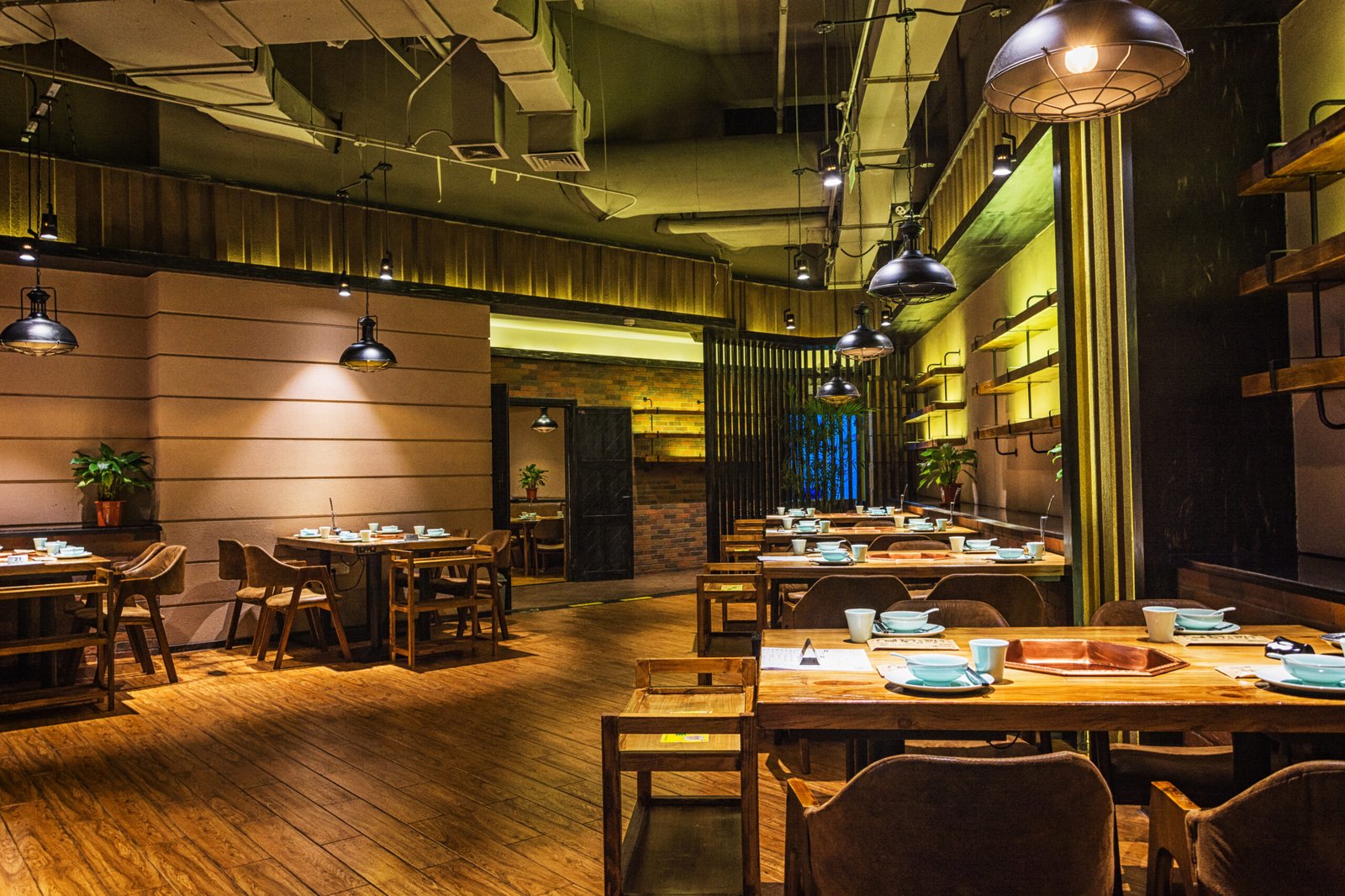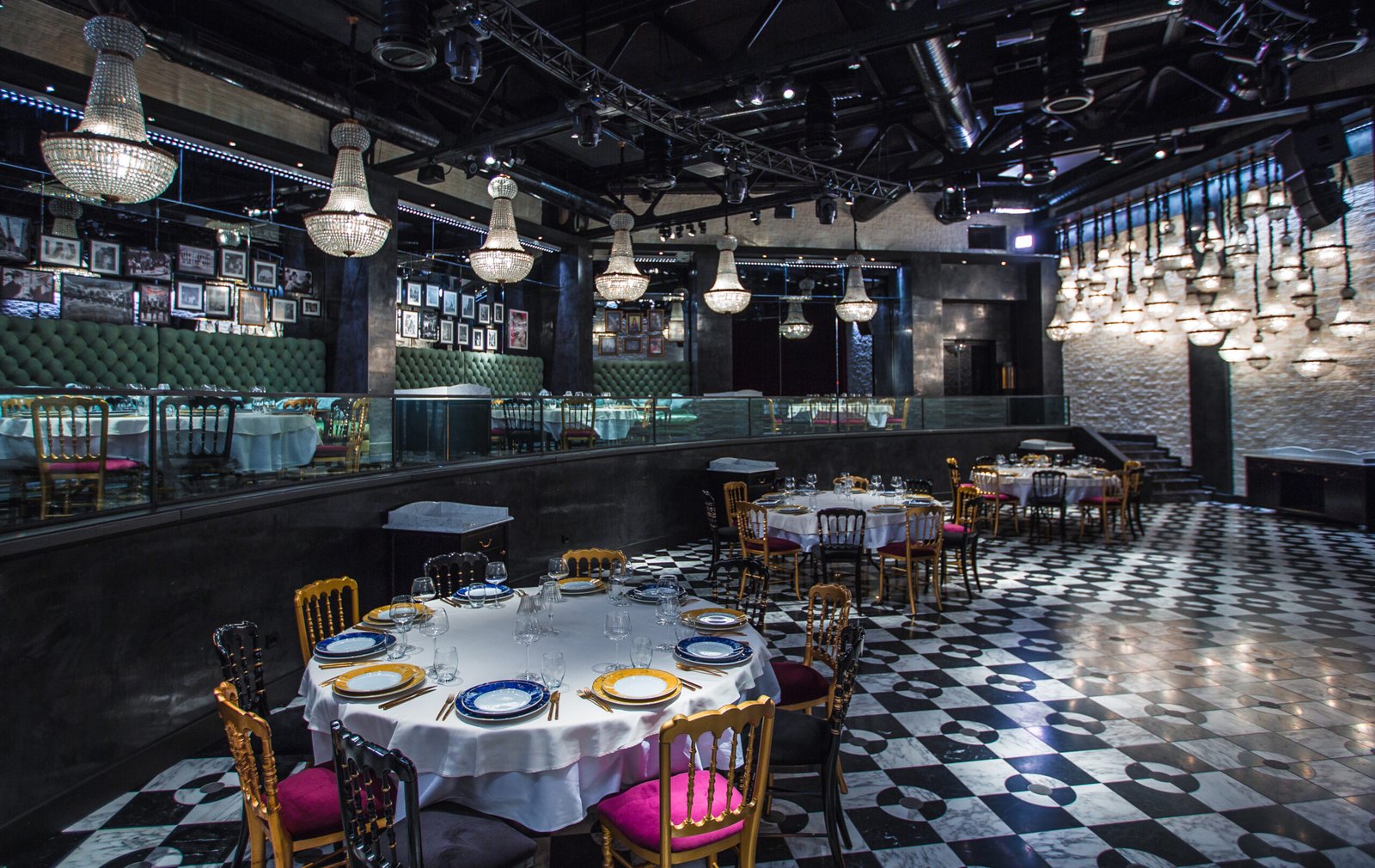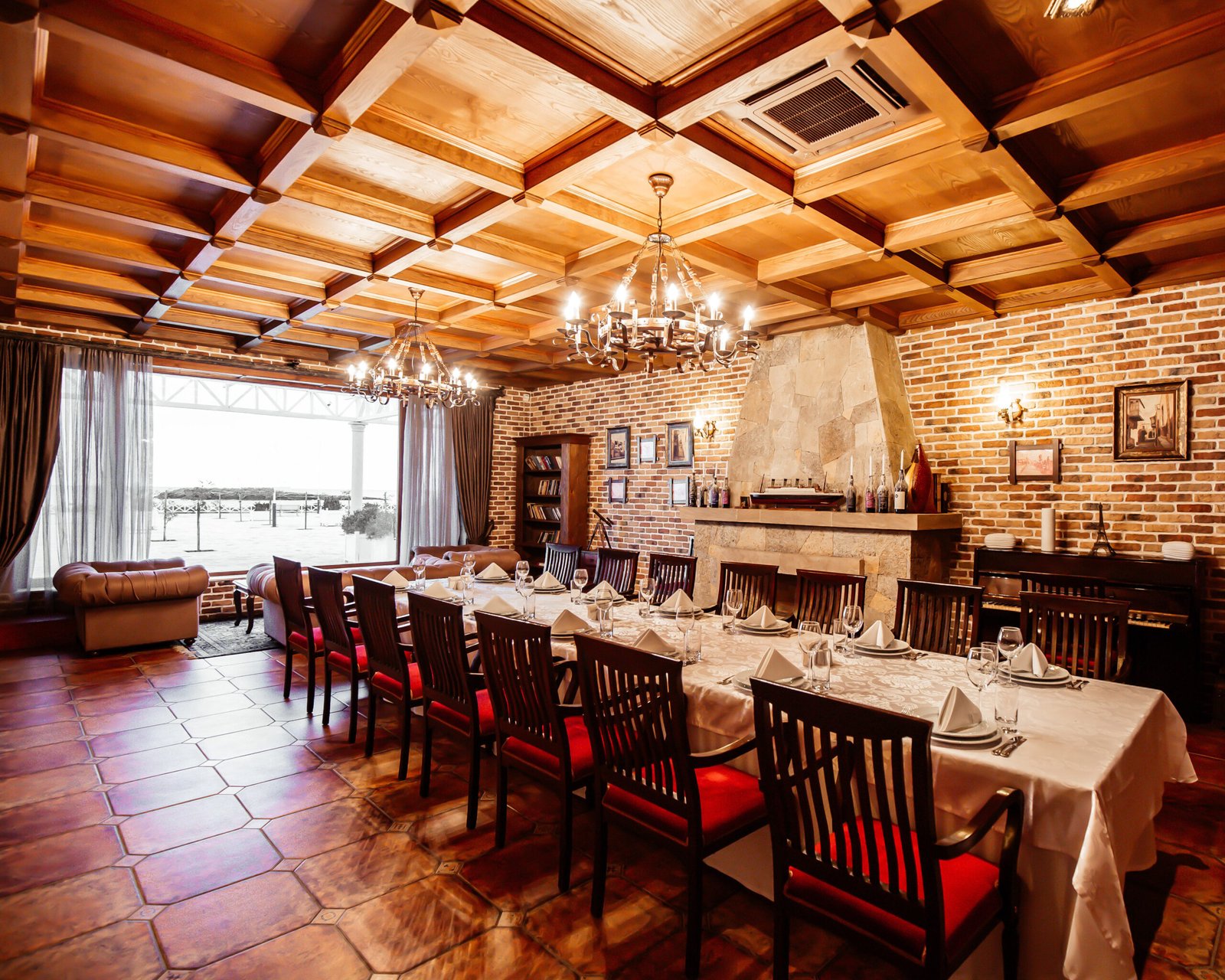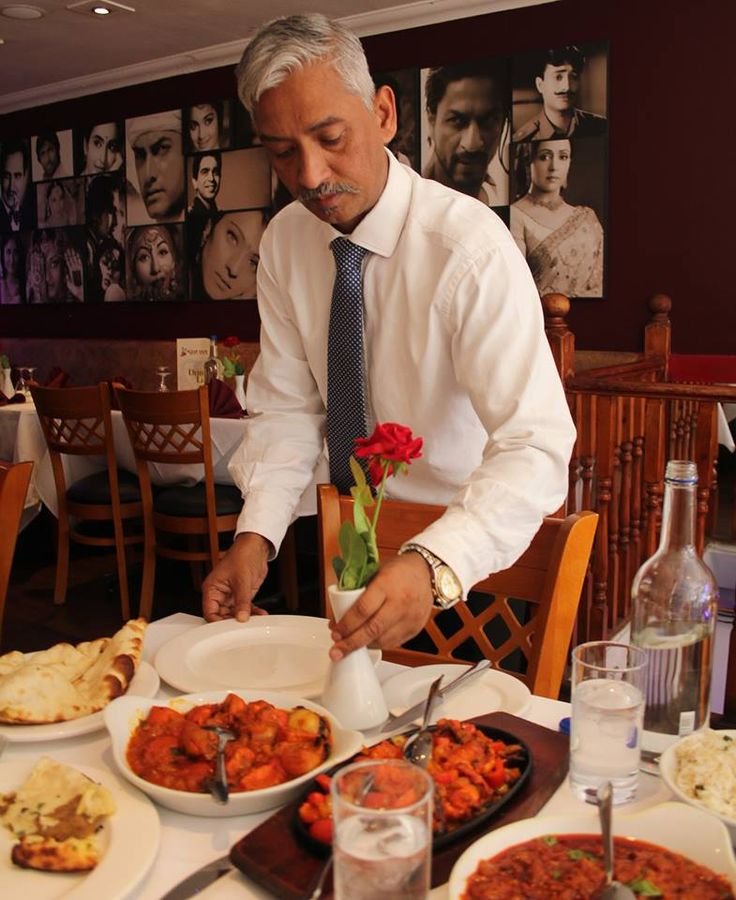How to Design a Restaurant That Attracts Customers in a Competitive Market
Step into a store that feels welcoming and easy to explore. The layout is not just decoration—it guides shoppers and urges them to buy more. A great store design keeps visitors longer, improves their experience, and makes them want to return. Poor layouts, however, push customers away and reduce sales. Do not let this happen! Learn how to create a space that attracts and keeps shoppers for lasting success.

Step into a store that feels welcoming and easy to explore. The layout is not just decoration—it guides shoppers and urges them to buy more. A great store design keeps visitors longer, improves their experience, and makes them want to return. Poor layouts, however, push customers away and reduce sales. Do not let this happen! Learn how to create a space that attracts and keeps shoppers for lasting success.
1. Understand Your Brand Identity
Before you begin designing, it is vital to better understand your restaurant’s brand. The design should display your concept and value. Whether you are opening a normal cafe, a classy restaurant, or a casual fast-food restaurant, your design choices should be balanced with your brand identity.
Key questions to ask:
- What kind of experience do you want to offer your customers?
- What type of cuisine will you serve, and how does it impact your design choices?
- Who is your target market? Are you aiming at young adults, families, business professionals, or a mix?
Your brand’s visual identity adds colors, logos, and fonts. These elements should be consistent across your menus, banners, website, and uniforms. Colors play a vital role in customer moods—red and orange can increase cravings, while blue and green create calmness. Darker shades like black or maroon can give luxury. The overall look, adding logo and typography, should match your restaurant’s style—fun fonts for casual spots, and elegant fonts for premium dining.
2. Create a standout First Impression
First impressions matter when customers choose a restaurant. Your restaurant’s exterior and entrance must attract attention and inspire curiosity.
Here are key elements to consider:
- Banners: Your restaurant sign should be clear, visible, and memorable. It is the first thing customers see. It should represent your brand’s core and be simple to see from a distance.
- Lighting: Outdoor lighting can create a friendly environment, mainly in the evening. Use warm, soft lights to brighten the entry, and make the exterior more attractive.
- Entrance: Make the entrance attractive and welcoming. A unique door, colorful artwork, or decorative planters can set the Impression made before entry.
3. Focus on Layout and Space Planning
The layout of your restaurant will have a major impact on customer flow, comfort, and the total dining experience. When designing the layout.

Consider the following points:
- Capable Use of Space: Verify there is a good balance between the number of tables and the comfort level for diners. Fitting too many tables into the space can make the environment feel crowded, While a lack of tables results in an empty appearance.
- Zoning: Different zones can help you cater to multiple types of diners. For example, you could have a bar area for socializing, a dining room for families, and a more welcoming corner for couples. Zoning also helps manage noise levels and create different atmospheres within the same space.
- Pathways: Verify there are clear and wide pathways for both staff and customers to move around without disruption into each other. A carving design will improve both customer experience and staff efficiency.
4. Design a Unique Ambiance with Lighting
Lighting plays a vital role in creating the perfect atmosphere and improving the customer experience. The right lighting can enhance a space from simple to delightful.

Multiple areas of your restaurant may involve different lighting setups:
- Ambient Lighting: This is the general lighting of the restaurant and should be soft and warm to build a comfortable atmosphere. Avoid using bright overhead lights, mainly in dining areas because they can make the space feel cold or unwelcoming.
- Accent Lighting: Use accent lighting to highlight specific design elements, such as artwork, architectural features, and even plates of food. This improves the space with visual appeal and richness to the environment.
- Task Lighting: These types of lighting are more functional and should be used in areas where tasks need to be performed such as the kitchen or bar area. Task lighting ensures that staff can work easily and improve the overall look of the space.
5. Furniture and Decor
Choosing the right furniture and decor is a balance between design, comfort, and applicability. Customers may be first caught by the beautiful design of your restaurant, but their comfort is what will keep them seated for longer meals and visiting again in the future.

a. Choosing the Right Furniture: Your furniture should match the style and theme of your restaurant while being longevity with regular use. Review the following points:
- Material: Wooden furniture provides an inviting atmosphere and is best for traditional designs, while metal or plastic is perfect for modern or casual settings.
- Comfort: Focus on health-oriented designs that ensure diners remain comfortable for the duration of their stay. Chairs with proper back support and cushioned seats are important for enjoying long meals.
- Style: Go for furniture that supports your restaurant’s design. If your restaurant has a modern, clean design, modern aesthetic, and simple lines in your tables and chairs. A classic or varied cuisine restaurant might benefit from mismatched furniture or retro-style seating.
b. Decor and Art
Decor elements such as wall art, sculptures, or paintings can create a unique ambiance for your restaurant. Choose materials that reflect the restaurant’s concept and improve the overall theme.
Important Tip: Use local artists to design unique creations that reflect the interests of your customers and add a unique touch. Also, explore the idea of changing artwork or including seasonal design to keep the space feeling fresh.
6. The Importance of Color and Texture
Color and texture are important design elements that mainly impact the dining experience. The right color choices can shape mood and even affect how we taste our meals.
For example, red and orange increase cravings and energy, making them popular in fast-food restaurants, while blue and green make calmness, good for health-focused eaters. Neutral colors like beige and gray show classiness, perfect for luxury dining. Also, including multiple materials—such as wood and stone for an organic feel, polished metals for a modern touch, or velvet and leather for luxury—adds richness and style, improving the overall atmosphere.
7. Acoustics: Managing Noise Levels
While background noise is mainly in any restaurant, large sound can Reduce the enjoyment of the meal. It is important to manage sound to improve easy conversations without customers being forced to speak loudly. Using sound-absorbing materials like cushioned chairs, mats, curtains, or sound panels helps absorb sound, minimizing echo and creating a comfortable sound environment. Additionally, background music plays a crucial role in setting aura. Select music that reflects your brand and enhances the dining experience without exceeding it; for instance, classical music suits fine dining, while upbeat pop can create a cheerful atmosphere in a casual cafe.
8. Prioritize Sustainability
In today’s eco-friendly world, many customers need restaurants that focus on eco-friendliness. This approach not only helps the environment but also connects your restaurant with customers who care about ecological approaches. Use eco-friendly materials like recycled wood or organically sourced items for your furniture and decor. Choose energy-saving lighting and electronics to cut down on energy use. Implement eco-friendly methods such as organic food waste, using renewable packaging materials, and buying ingredients from local suppliers. By showcasing these efforts in your restaurant’s design, you can attract customers who want eco-friendliness.
9. Emphasize the Dining Experience
Designing your restaurant should focus on creating a memorable dining experience. Consider how each design element enhances the atmosphere and customer experience.
Interactive Elements: Add features like an open kitchen where diners can watch their meals being prepared, or a chef’s table for a customized feature.
Unique Food Presentation: The way food is served is important. The design should match the cuisine. For example, An Italian bistro might showcase elegant, refined plating, while a barbecue joint can be chosen for hearty, down-to-earth presentations.
Music and Scent: Use background music that fits your theme and pleasant, soft scents to create a more immersive atmosphere for guests.
10. Consistency Across All Touchpoints
Lastly, consistency is key to creating a better dining experience. From the moment customers see your restaurant online or from the entrance to the point of payment every interaction should support your brand identity and design.

a. Online Presence
Your restaurant’s website and social media channels should show the same design elements as your location. Use the same color palette, fonts, and imagery to create a better experience.
b. Menu Design
Your menu design should also match with your restaurant’s concept. A formal restaurant may prefer a simple, elegant menu, while an informal restaurant could have a more playful, colorful design. Consider how your menu feels—using good-quality paper or even a digital tablet can make the dining experience feel more special.
c. Staff Uniforms
The design of your staff uniforms should also reflect your brand’s identity. For example, a luxury restaurant might choose a formal dress for its staff, while a casual, casual venue might go for more relaxed, trendy uniforms.
Conclusion
Designing a restaurant that stands out requires creativity, planning, and attention to detail. By making a strong brand, creating a welcoming atmosphere, improving the layout, and using modern technology and eco-friendly methods, you can provide a unique dining experience that attracts customers and keeps them returning. Every choice, from colors to furniture to sound, improves the overall experience. With reflective design and a focus on customer needs, your restaurant can stand out and rise in a competitive market.

